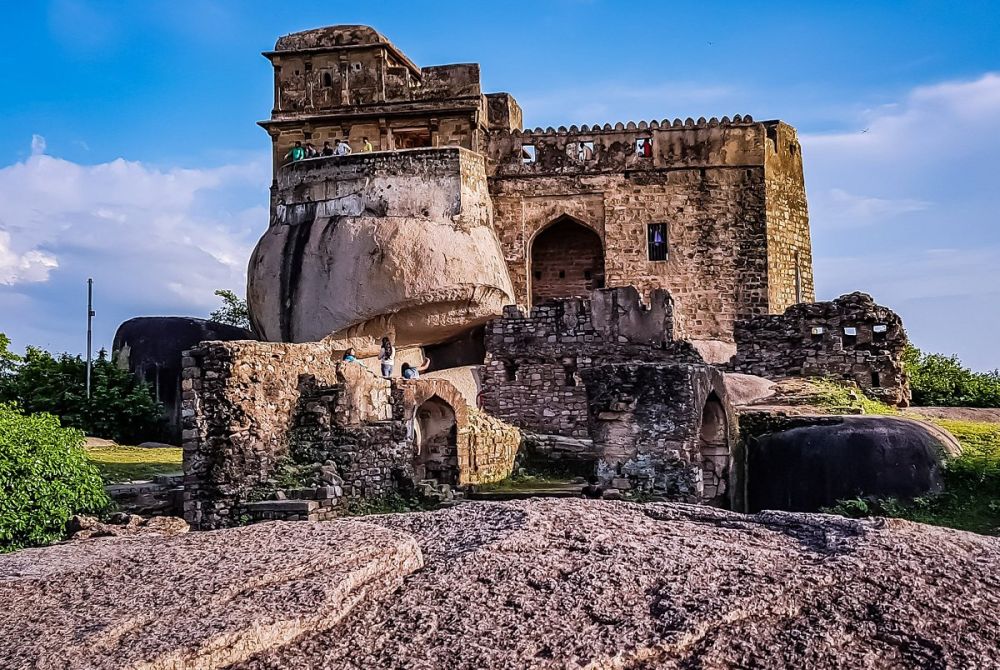

The city of Jabalpur in Madhya Pradesh, India, is home to the historical Madan Mahal Fort, perched atop a hill, offering a panoramic view of the town and the countryside around it. This small but captivating fort has a rich history dating back to the 11th century, with its construction commonly attributed to the Gond ruler, Raja Madan Shah, in 1116 AD. Designed primarily as a military outpost, it has also served as a watchtower and a pleasure retreat for the Gond rulers.
Tourism at Madan Mahal Fort has not been as prolific as at some other historical sites in India, primarily due to its relative obscurity until recent decades. The fort's historical significance and strategic architecture started to attract tourists, historians, and archaeology enthusiasts from the late 20th century. Various archaeological studies have been conducted for research purposes, which further contributed to its tourism value.
In the early days, the fort suffered from neglect and lacked proper infrastructure for tourists. However, the government, along with local authorities, has taken steps to preserve this historical landmark. Initiatives to make it more accessible and tourist-friendly have been implemented, which include the development of pathways, installation of informational plaques, and the provision of basic amenities.
Eco-Tourism and sustainable travel experiences are the latest trends in tourism at Madan Mahal Fort. Authorities are focusing on creating a balance between conserving the fort and its surrounding natural environment while promoting tourism. Efforts are being made to ensure that tourist activities do not negatively impact the historical site.
Adventure tourism is also emerging as a trend, with the fort's rugged setting ideal for trekking and hiking. Tourists are often seen exploring the nearby hills and ravines, which offer an adventurous aspect to their visit.
The introduction of cultural events and festivals has also been embraced as a trend to attract more visitors. Local fairs and cultural programs are organized to showcase the region's rich heritage and arts, thereby giving tourists a comprehensive cultural experience.
There is also a growing trend towards the digitization of the tourist experience. Information about the fort is increasingly available online, and virtual tours are beginning to emerge, allowing those who cannot visit in person to explore the fort and its history digitally.
Lastly, the rise of social media has significantly impacted tourism. Posts and shares by visitors to the Madan Mahal Fort have led to increased visibility and interest among potential tourists from all over the world.
Overall, tourism at Madan Mahal Fort continues to evolve, with a greater emphasis on preserving its integrity while making it available and enjoyable to a broader audience.